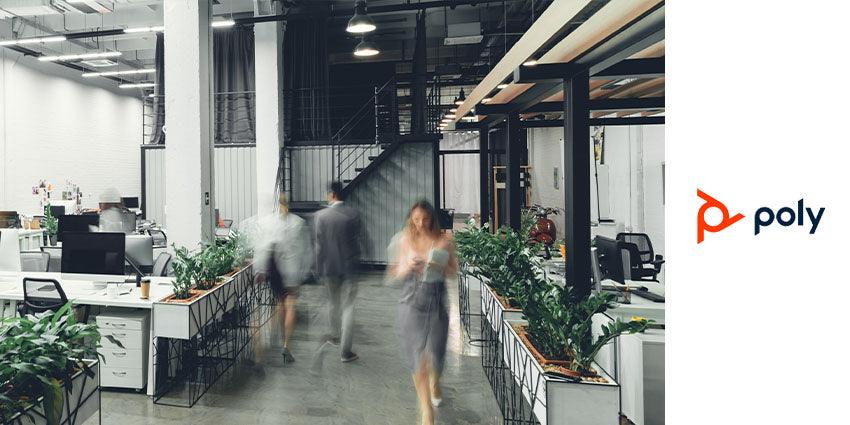Efforts and strategies could be a springboard to new working practices and workplace modernization
Despite all the positive news regarding greater productivity enabled by hybrid working, enterprises are still struggling to put in place successful and effective return to office (RTO) strategies. There is a fine line to tread to keep the benefits of greater flexibility for workers while avoiding the negatives such as isolation and over-work. Achieving this balance relies on radically improved cross-functional collaboration between different departments in a business as well as taking account of cultural, behavioural and demographic differences.
Getting RTO right means workers won’t feel they’re being forced into the office with a back-to-school mentality and, instead, they will welcome keeping the benefits of remote working while enjoying the sociability, collaboration and idea and experience exchange opportunities that the office provides. However, there is a hill to climb to attract workers back to the office willingly.
The Reluctant Returner has been identified in a report by designers Unispace which found that two-thirds of the 3,000 workers it surveyed in nine European countries are unwilling to go back to the workplace because of concerns about safety, commuting time, lost productivity and inability to focus. Poly’s research supports this, with office collaborator roles down to just 16% of the workforce, having fallen 11% in 2022, while remote collaborator roles are up 21% this year to 36% of the workforce.
People clearly like remote working but it must be enabled in a future-proof way that also makes the most of the traditional workplace. This means bringing in the technical infrastructure to dynamically enable hybrid working with HR policies and support in place to enable the blend of work locations that best suits each employee and their roles within an organisation.
It’s safe to say that approaches have matured beyond encouraging workers to return to offices with free donuts or good coffee but there remain groups of people desperate to RTO. Younger demographics in particular look to the office as a meet, date and mate space in addition to it providing an opportunity to build their professional networks. In addition, these workers typically are not set up with the space at home to work efficiently or comfortably so the office has a more powerful pull.
However, for older workers, those the younger demographic wants to network with, the attractions of staying at home for childcare and shorter commute advantages outweigh reasons to return. Job function also influences this with some workers having to be present because of the nature of their work while others never need to come into an office.
Enterprises need to take account of these conflicting attitudes and requirements and form a strategy to bring them together. EY, in its Stockholm offices, has adopted a model of bricks, bytes and behaviour to promote collaboration between HR, IT, real estate, facilities management, communications, branding and sustainability teams. Digital enablement of facilities such as meeting rooms is an essential foundation for this, but much work is still needed to make video meetings feel more sociable.
RTO is about far more than forcing workers back to desks. It has become an in-depth strategic process of how a company views itself and sees its future. Workers with all their varying needs and preferences must be accommodated and enabled with equipment that puts them on the same level as colleagues, regardless of their location. RTO should therefore be recognised as a pathway that will take time as practices develop and new working models are accommodated. It’s likely that the destination will change while this strategy is being executed, and the new world of work will involve a return to far more than a traditional office.
Read more about RTO in Poly’s and Worktech Academy’s A Reset for Return to the Office?







